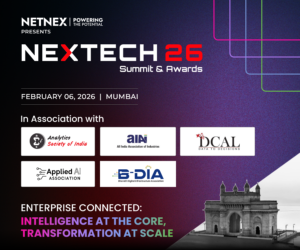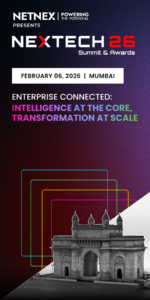Dynatrace has announced the findings of an independent global survey of 1,300 CIOs and technology leaders in large organizations. The research reveals that organizations are continuing to embrace multicloud environments and cloud-native architectures to enable rapid transformation and deliver secure innovation. However, despite the speed, scale, and agility enabled by these modern cloud ecosystems, organizations are struggling to manage the explosion of data they create. These research findings underscore the need for a mature AI, analytics, and automation strategy that moves beyond traditional AIOps models to drive lasting business value. The report, The state of observability 2024: Overcoming complexity through AI-driven analytics and automation strategies, is available for download.
According to the report, an average multicloud environment spanning 12 different platforms and services, and organizations typically using 10 different monitoring and observability tools to manage applications, infrastructure, and user experience. The report further found that 85% of tech leaders felt that the number of tools, platforms, dashboards, and applications they rely on adds to the complexity of managing a multi-cloud environment. 84% of tech leaders pointed out that multicloud complexity makes it more difficult to protect applications from security vulnerabilities and attacks. While 86% of tech leaders believe that cloud-native technology stacks produce an explosion of data that is beyond humans’ ability to manage, a vast majority of tech leaders, 97% to be exact, believe that conventional AIOps systems are not equipped to handle the excessive amount of data. The report also found that 88% of organizations think that the complexity of their technology stack has increased in the past 12 months, and 51% believe it will continue to increase. However, at the same time, 72% of organizations have adopted AIOps to reduce the complexity of managing their multicloud environment.
“Cloud-native architectures have become mandatory for modern organizations, bringing the speed, scale, and agility they need to deliver innovation,” said Bernd Greifeneder, CTO at Dynatrace. “These architectures reflect a growing array of cloud platforms and services to support even the simplest digital transaction. The huge amount of data they produce makes it increasingly difficult to monitor and secure applications. As a result, critical business outcomes like customer experience are suffering, and it is becoming more difficult to protect against advanced cyber threats.”
“Without the ability to transform the high volumes of diverse data from cloud-native architectures into real-time, contextually relevant insights, IT, development, security, and business teams struggle to understand what is happening in their environment and lack the answers needed to solve issues quickly and decisively,” continued Greifeneder. “While many organizations turn to AIOps, they often encounter limited value due to reliance on probabilistic methods, which can be imprecise and time-consuming to implement. To overcome the complexity of modern technology stacks, organizations require advanced AI, analytics, and automation capabilities. By unifying diverse data, retaining its context, and powering analytics and automation with a hypermodal AI that combines multiple techniques, including causal, predictive, and generative AI, teams can unlock a wealth of insights from their data to drive smarter decision-making, intelligent automation, and more efficient ways of working.”







